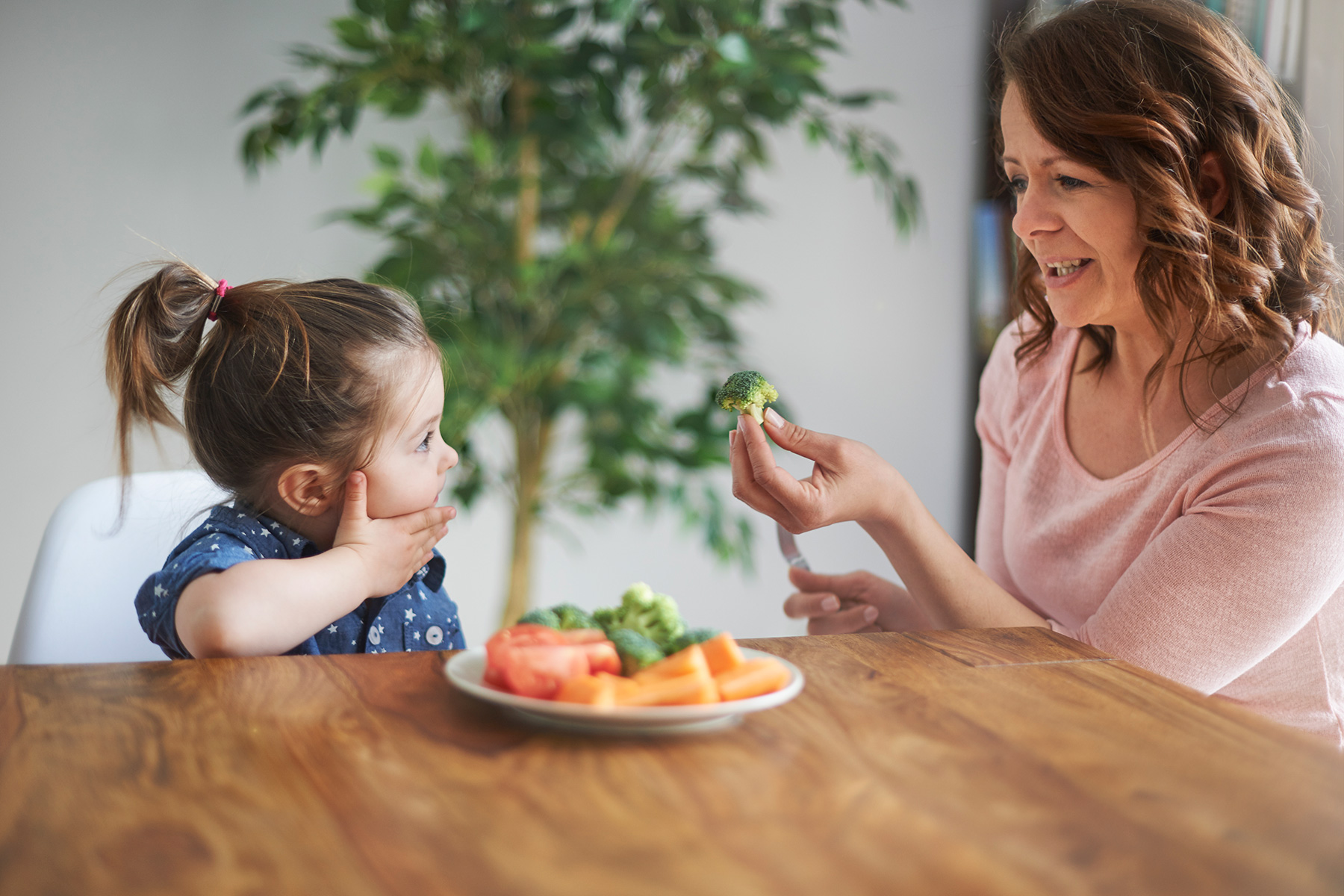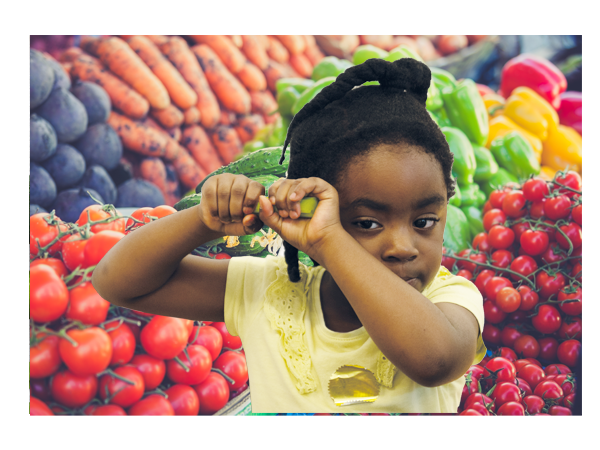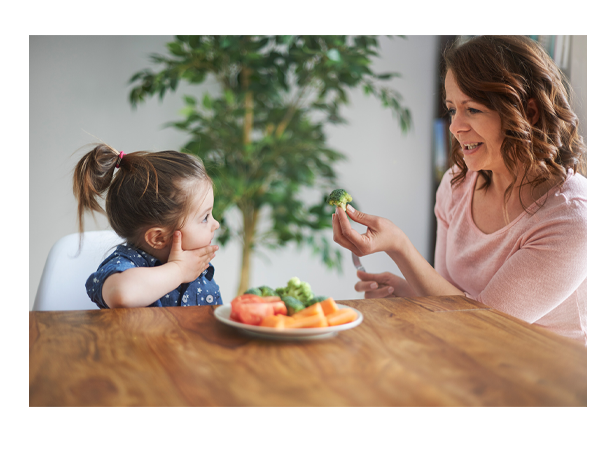
Kim Smith
Kim Smith recently graduated from a Masters in food policy and has over 25 years experience working across the U.K. food industry. Covering a diverse range of roles, she has been a product developer for supermarkets, food service and food manufacturers as well as running farmers markets, food events, judged food awards and most recently taught food education in primary schools. A lifelong lover of food, she is the mother to 2 boys, and now works to improve primary school food education. She does this through her role as Co-Chair and Trustee at TastEd, a leading sensory food education charity, developing a curriculum based primary food education programme and continuing her academic research.

















Follow Us on Social